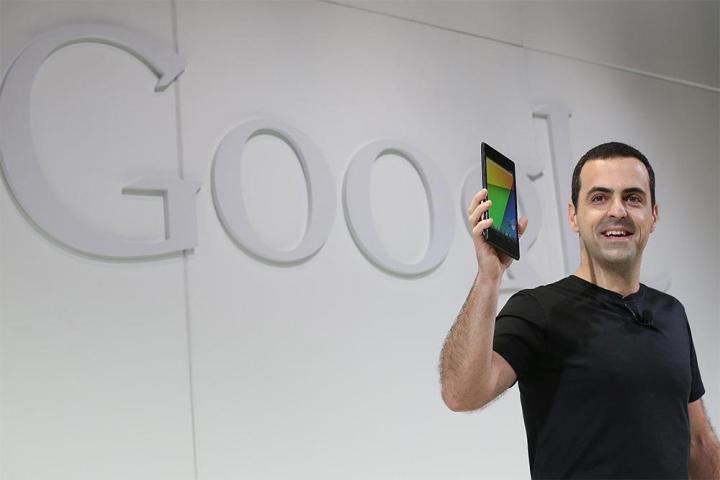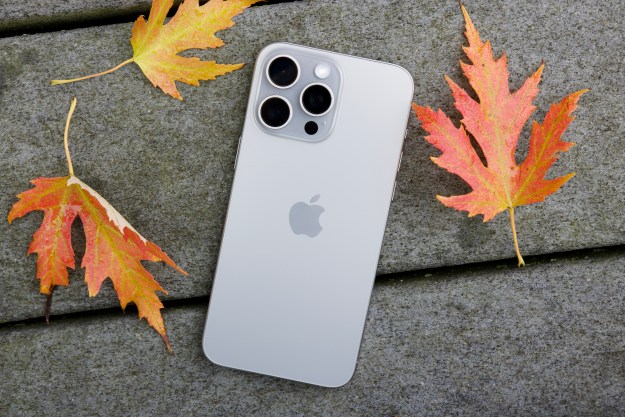
The Nexus 7 first appeared in 2012, just ahead of the iPad mini, in an attempt to get a foothold for Android tablets in an Apple-dominated market. It’s largely succeeded in its mission, with a wealth of both high-end and budget Android slabs now available for consumers — there are far more choice for
The second edition Nexus 7 showed up in summer 2013, earning high praise in the Digital Trends review: “The Nexus 7 is, again, the king of all Android tablets,” we wrote back then. “At $230, it’s still affordable, and with a Full HD screen, it’s never looked better.”
Nothing lasts forever though, and after two years of duty it was inevitable that the Nexus 7 would get pulled sooner or later. With Google now up to 6 in its Nexus numbering system for smartphones, it’s going to be interesting to see what the tech firm does with the Nexus 7 name next — an all-new tablet? Or a large-screen smartphone?
We don’t have any official word from Google at this point but you can see for yourself that the Nexus 7 has disappeared from the lineup in the Nexus store. With the Nexus 6 having suffered supply problems and the larger Nexus 9 yet to make a significant dent in the market, Google will be hoping that the next device in the range proves to be a hit.
Meanwhile, if you’re desperate to add the Nexus 7 2013 edition to your gadget museum collection, we’d suggest heading to eBay as quickly as possible.
Editors' Recommendations
- A new Google Pixel Tablet is coming, but it’s not what you think
- The 6 biggest announcements we expect from Google I/O 2024
- Whatever you do, don’t buy the Google Pixel 7a right now
- Google is going to change Pixel phones forever, and I can’t wait
- Have one of these Google Pixel phones? You’re getting Circle to Search

